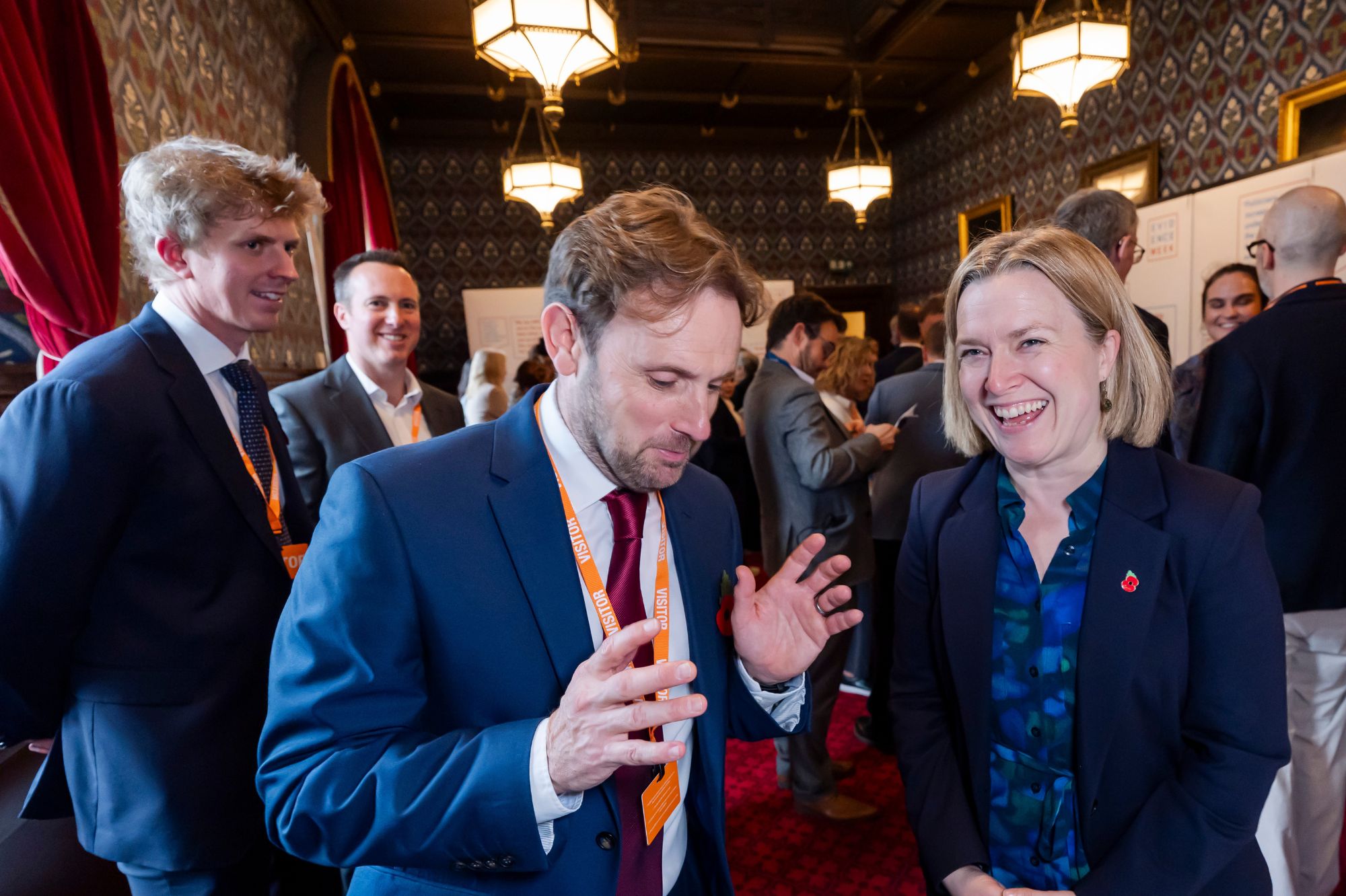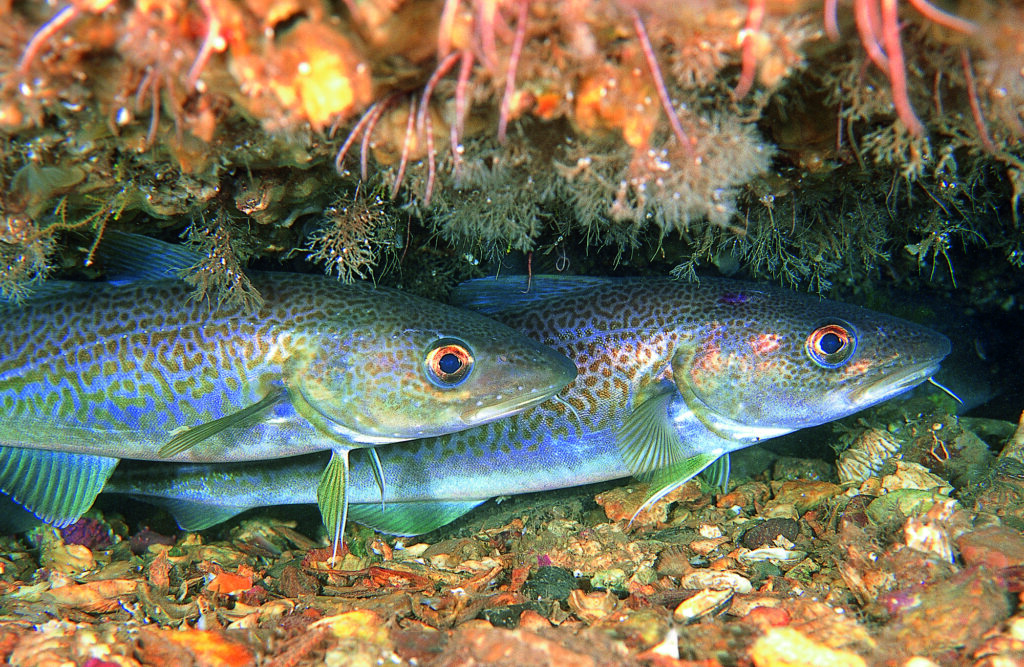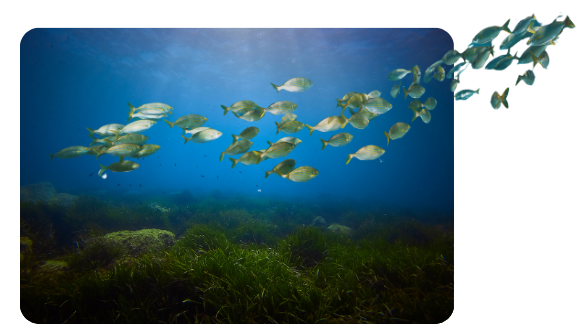Latest story
What’s the real economic value of blue ecosystems? New research reveals holistic benefits boost value by 10–100x
The paper’s findings are crucial for decision-makers looking to nature-based solutions, to mainstream a holistic value of blue ecosystems beyond carbon
Other recent news stories
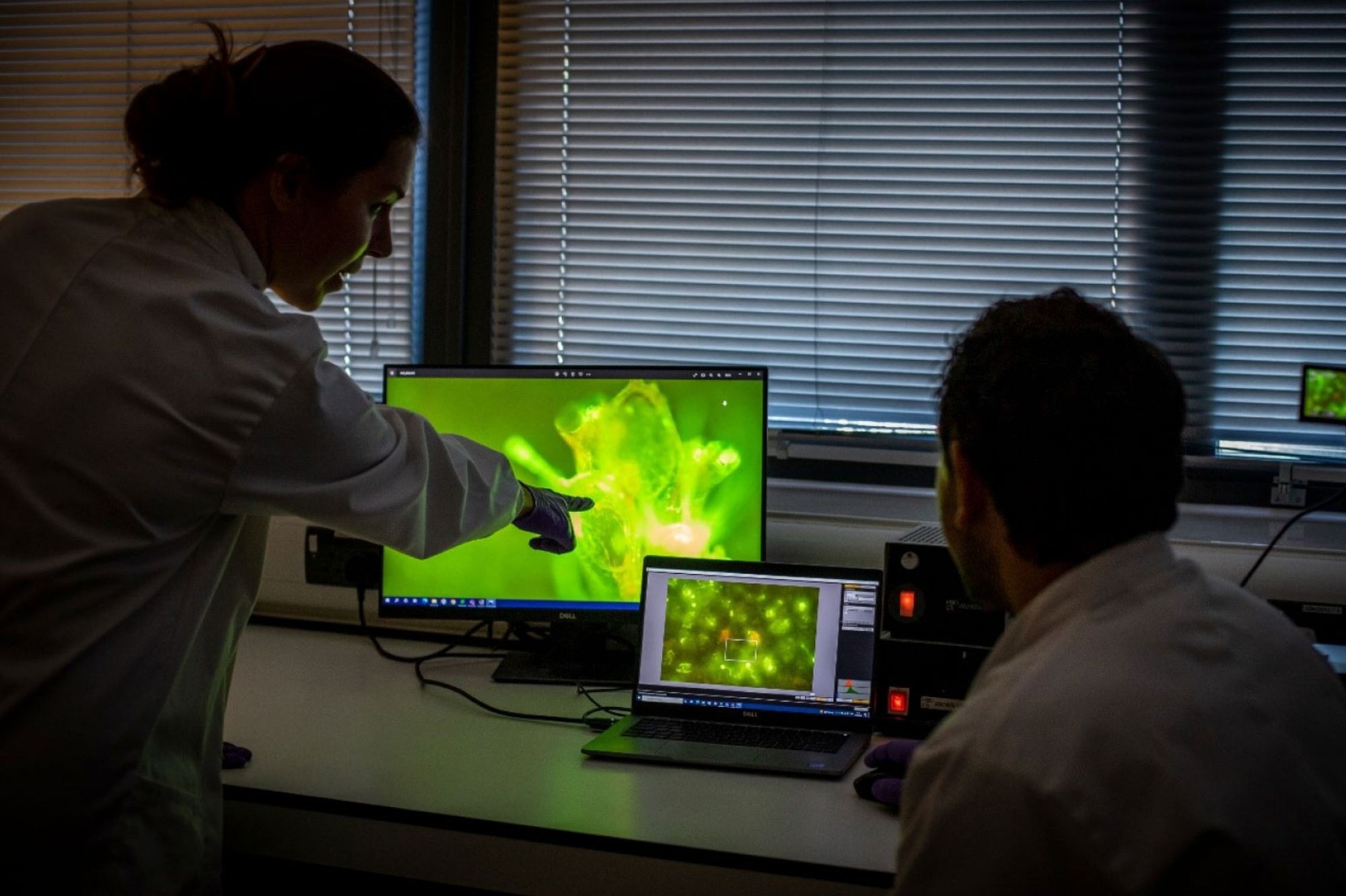
UK’s top science organisations unite to support national priorities and policy-making
10 December 2025PML is one of the 35 members of the newly-formed National Research Organisations (NRO) Group

Responsible research: reducing the environmental footprint of our science
09 December 2025As an environmental organisation, we are committed to reducing any negative impact our research and innovation activities may have on the natural envi...
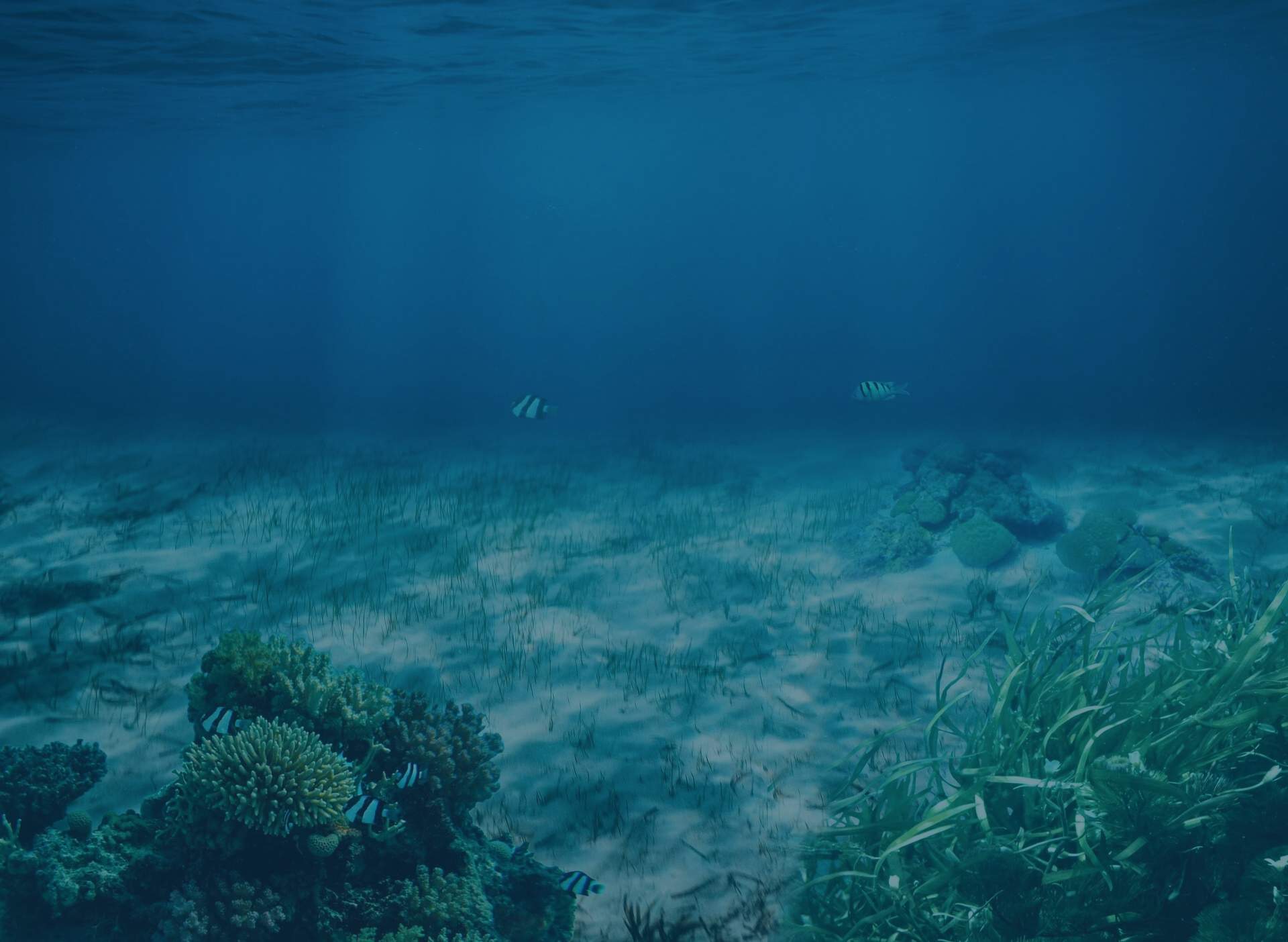
The shift that sparks nitrification: PML research resolves long-standing mystery within the nitrogen cycle
04 December 2025New PML research has shed light on a long-standing puzzle in marine science: why does nitrification – a key process in the ocean’s nitrogen cycl...
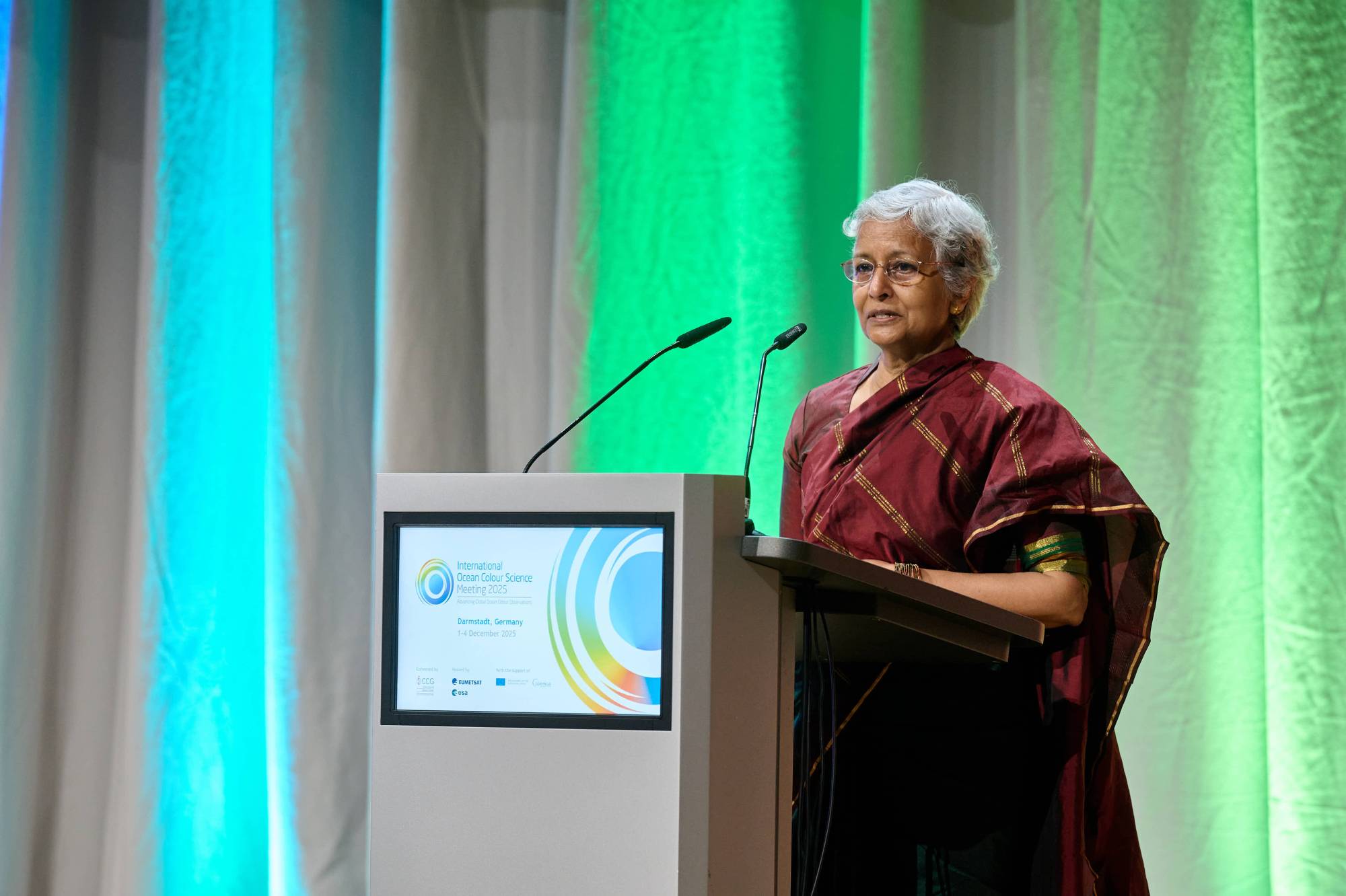
Where Science Meets Space Agencies: PML at IOCS 2025
03 December 2025The International Ocean Colour Science (IOCS) meeting is underway in Germany – one of the most important global gatherings for the ocean-colour an...
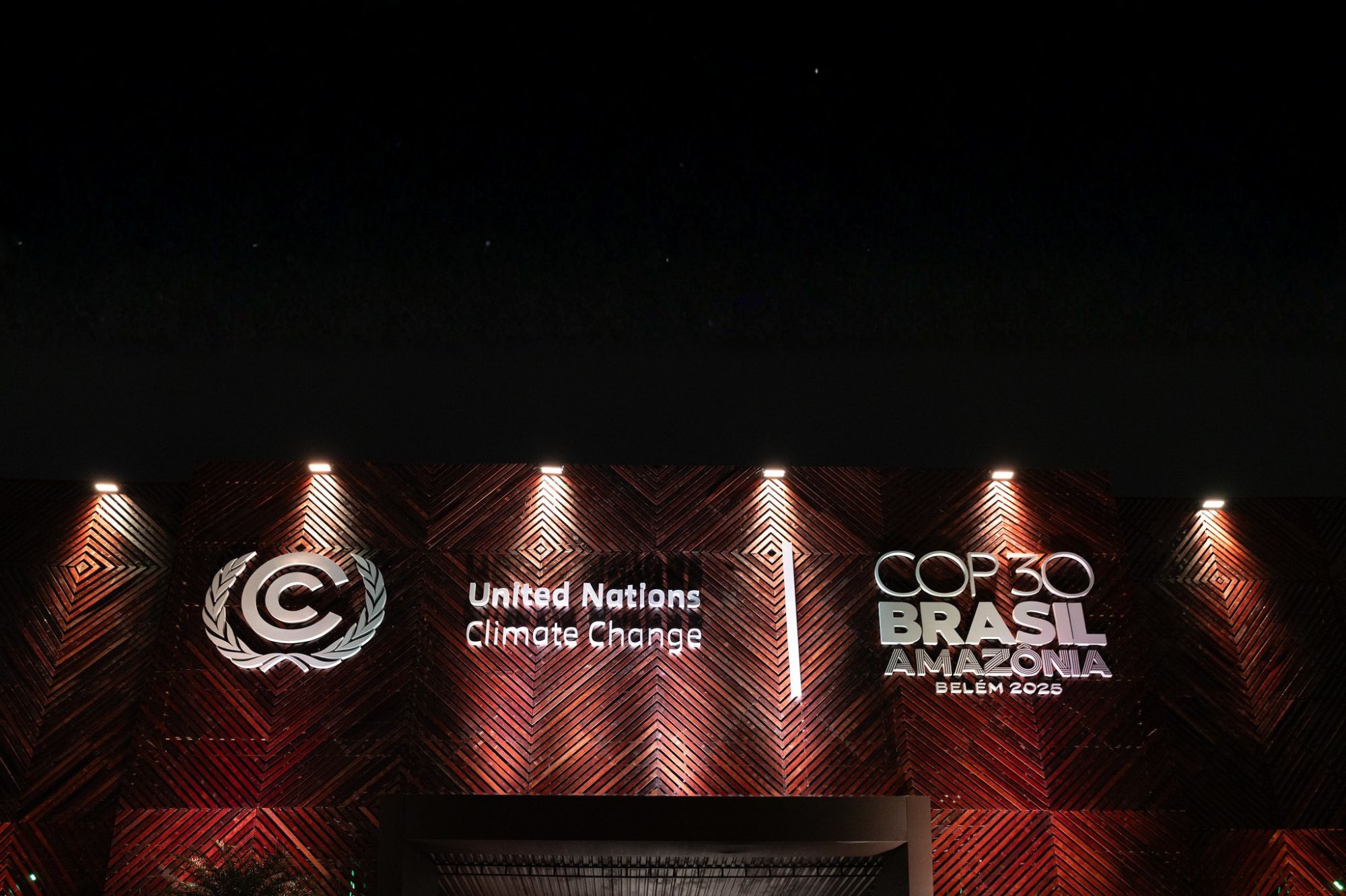
Ocean Action at COP30: Progress Made Despite Fossil Fuel Shortcomings
01 December 2025PML delegates reflect on the outcomes of the Climate Change Conference in Brazil
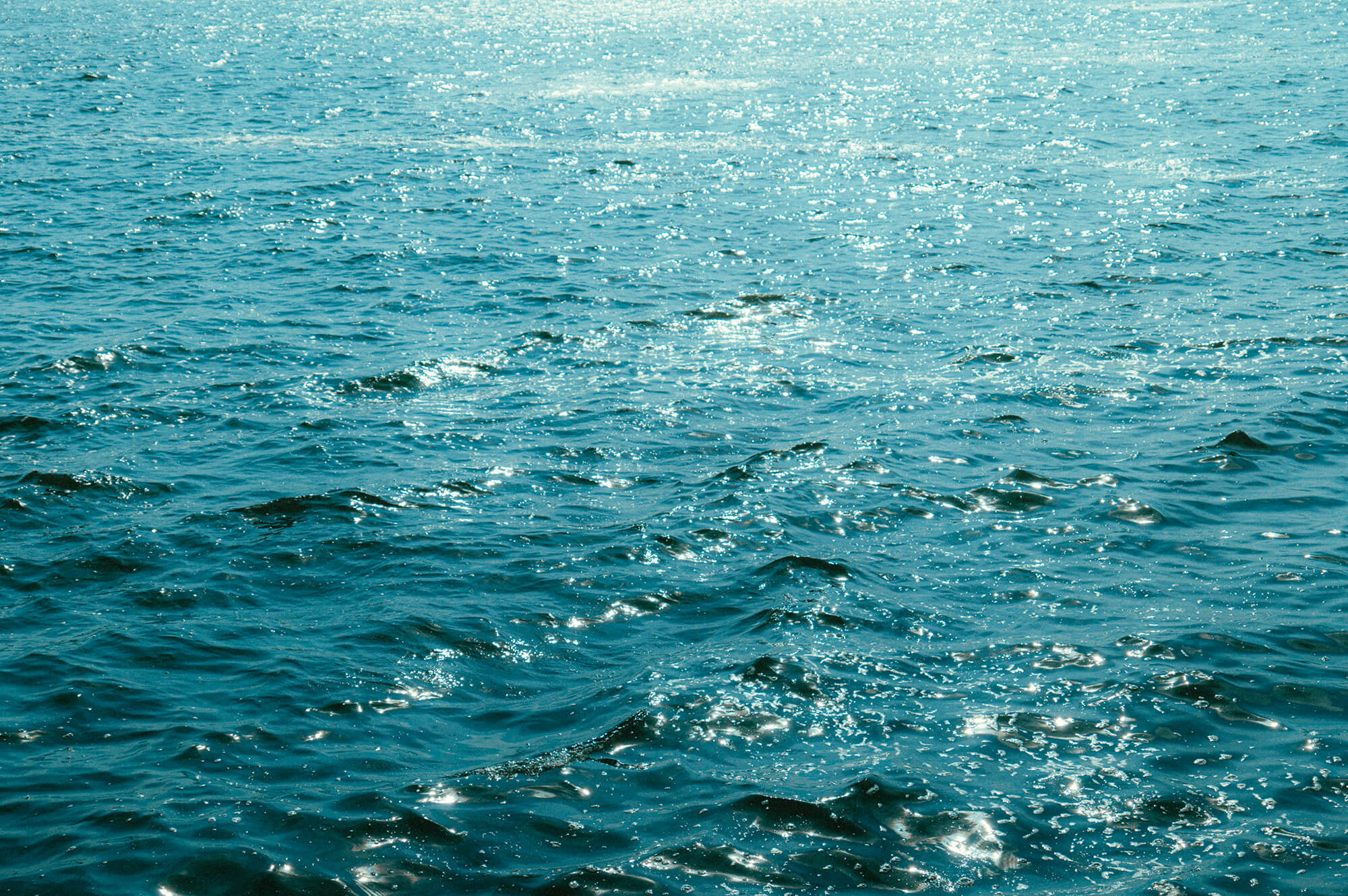
PML scientist appointed as Co-Chair of leading ocean forecasting partnership
28 November 2025The National Partnership for Ocean Prediction (NPOP) brings together world-class expertise from the UK’s leading marine and oceanographic research c...
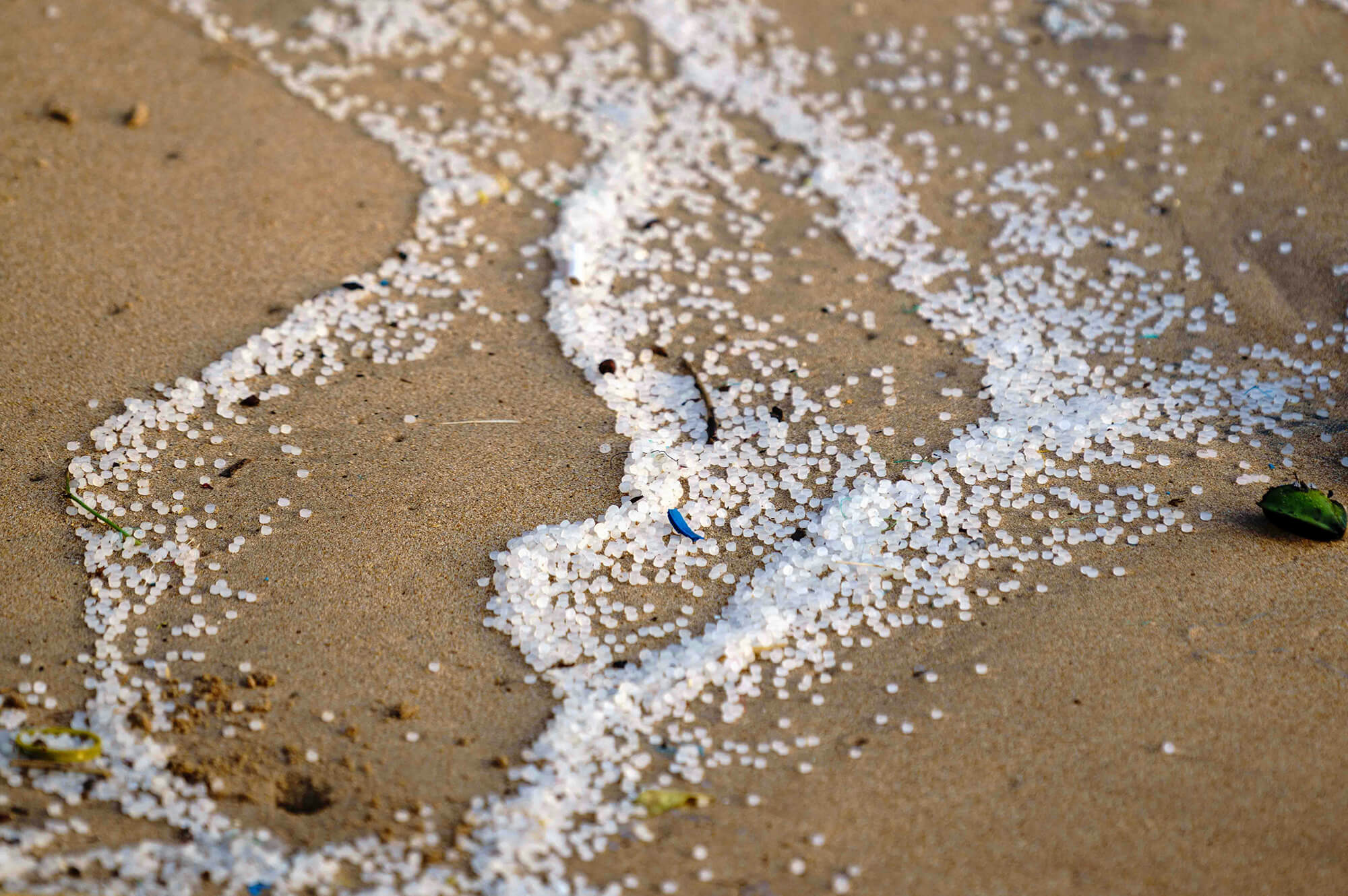
Microplastics pose a human health risk in more ways than one
25 November 2025New study shows that microplastics in the natural environment are colonized by pathogenic and antimicrobial resistant bacteria. The study team calls f...

From Dunes to Data: How Citizen Science Is Transforming Coastal Biodiversity Monitoring
24 November 2025This guest article, written by Paula Brines i Blasco from Institut Metròpoli, highlights work within the GUARDEN project – a collaboration between ...
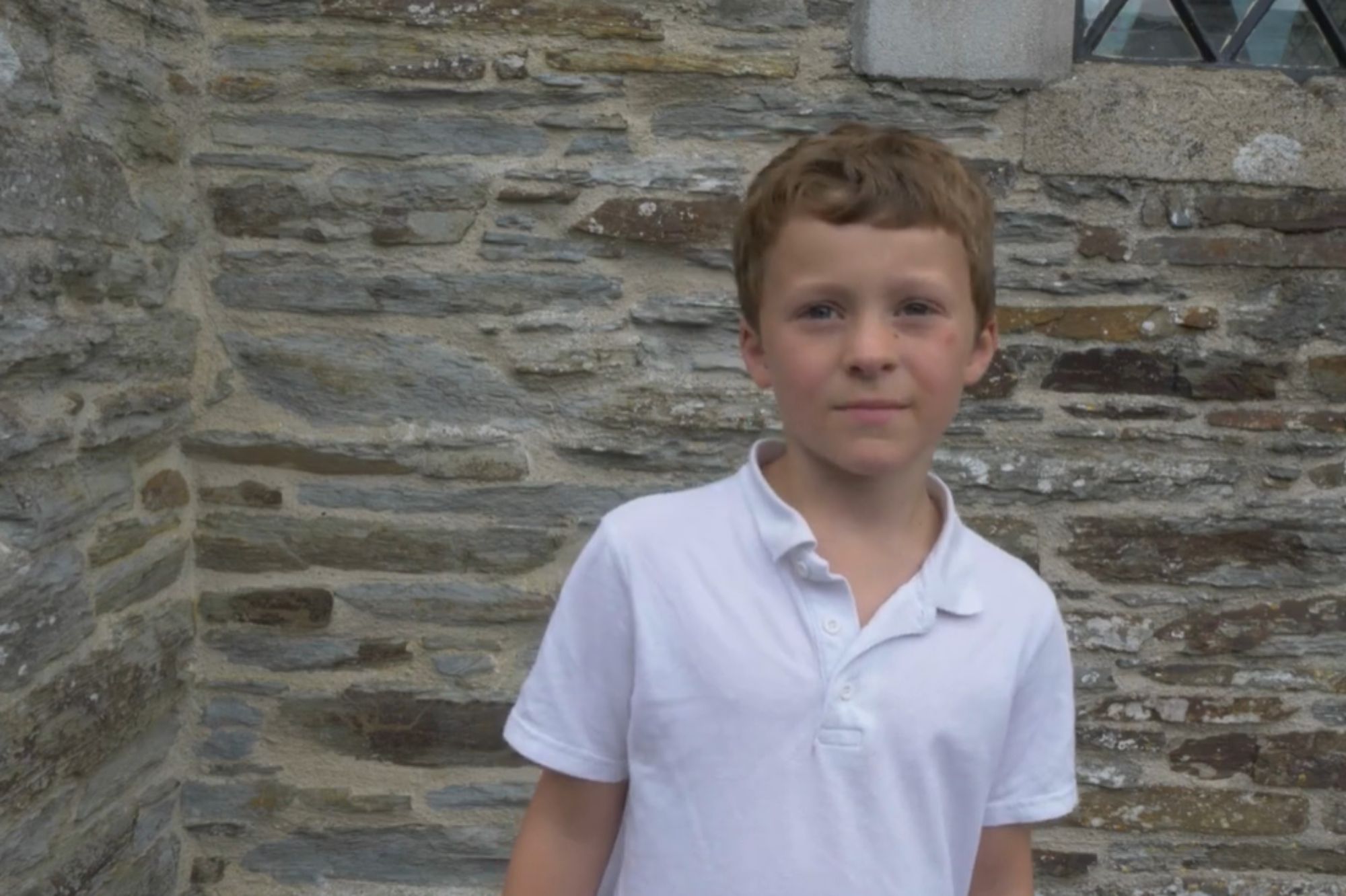
Local Plymouth schoolchildren star in new ocean literacy videos
22 November 2025Pupils from St Andrew’s CofE Academy in Plymouth have played a starring role in a new video series to bring ocean knowledge into classrooms across E...

Discovering hidden ocean life in one of the UK’s most remote Overseas Territories
19 November 2025Professor Kerry Howell is currently in Ascension Island – an isolated volcanic island in the South Atlantic, and one of the UK’s most remote Overs...
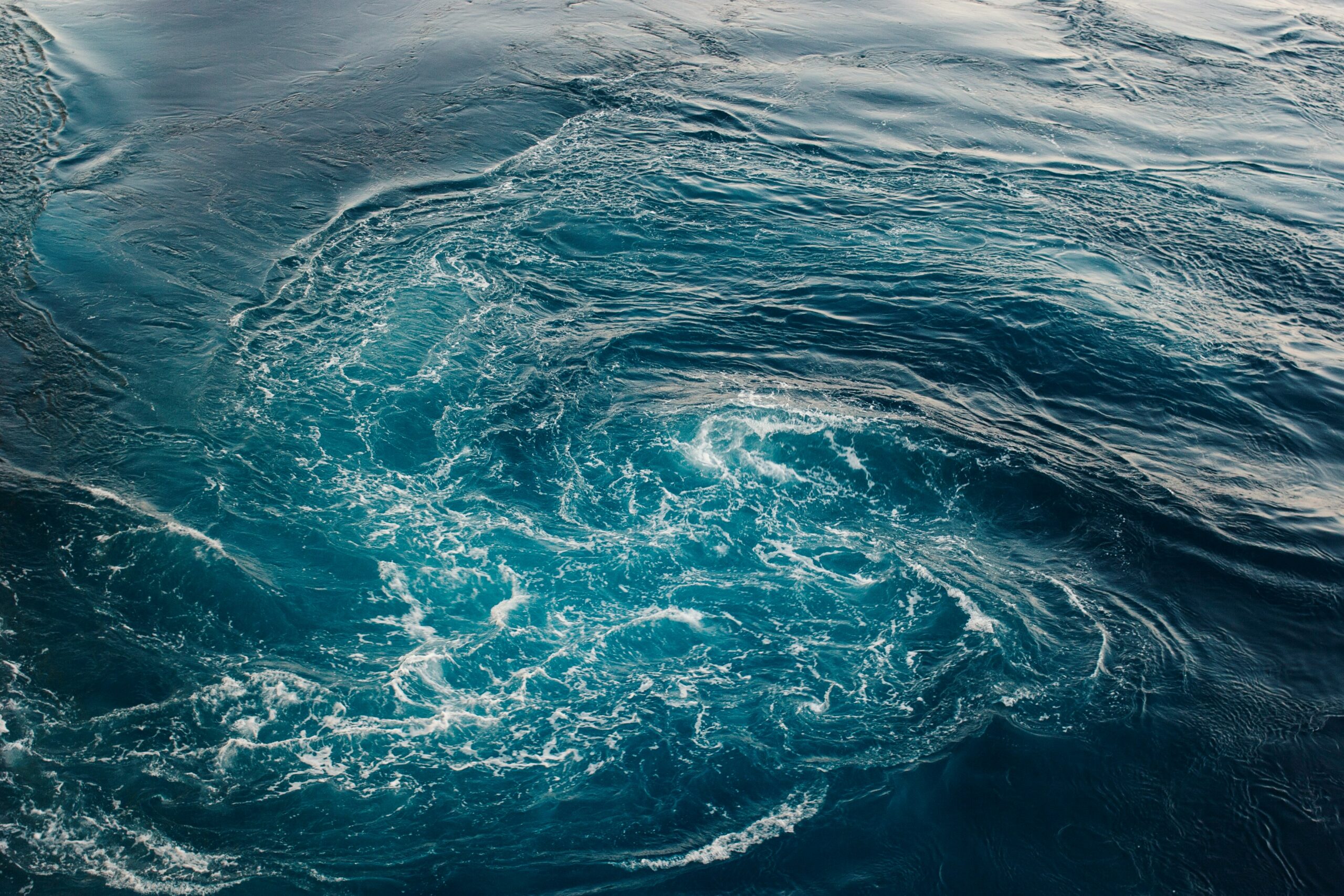
Ocean whirlpools reveal shifting patterns in plankton life across the North Atlantic
18 November 2025New research uncovers how huge circular rotating currents – known as ocean mesoscale eddies – are reshaping plankton communities as the climate ch...
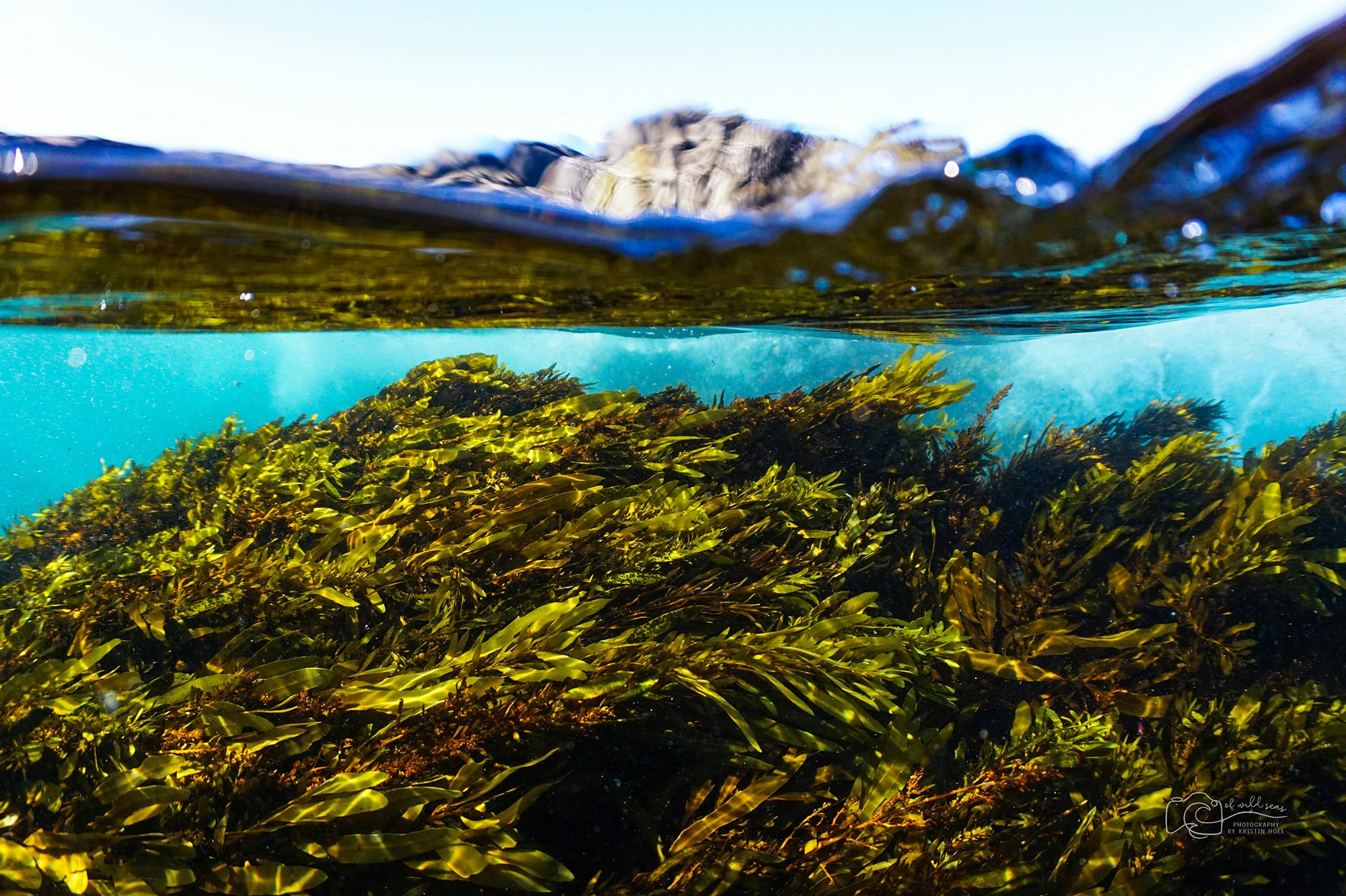
Ocean action is climate action: PML science contributes to latest ocean and climate action report
17 November 2025The 2024-2025 Roadmap to Oceans and Climate Action (ROCA) report, released at COP30, highlights the critical role the ocean plays in combatting climat...
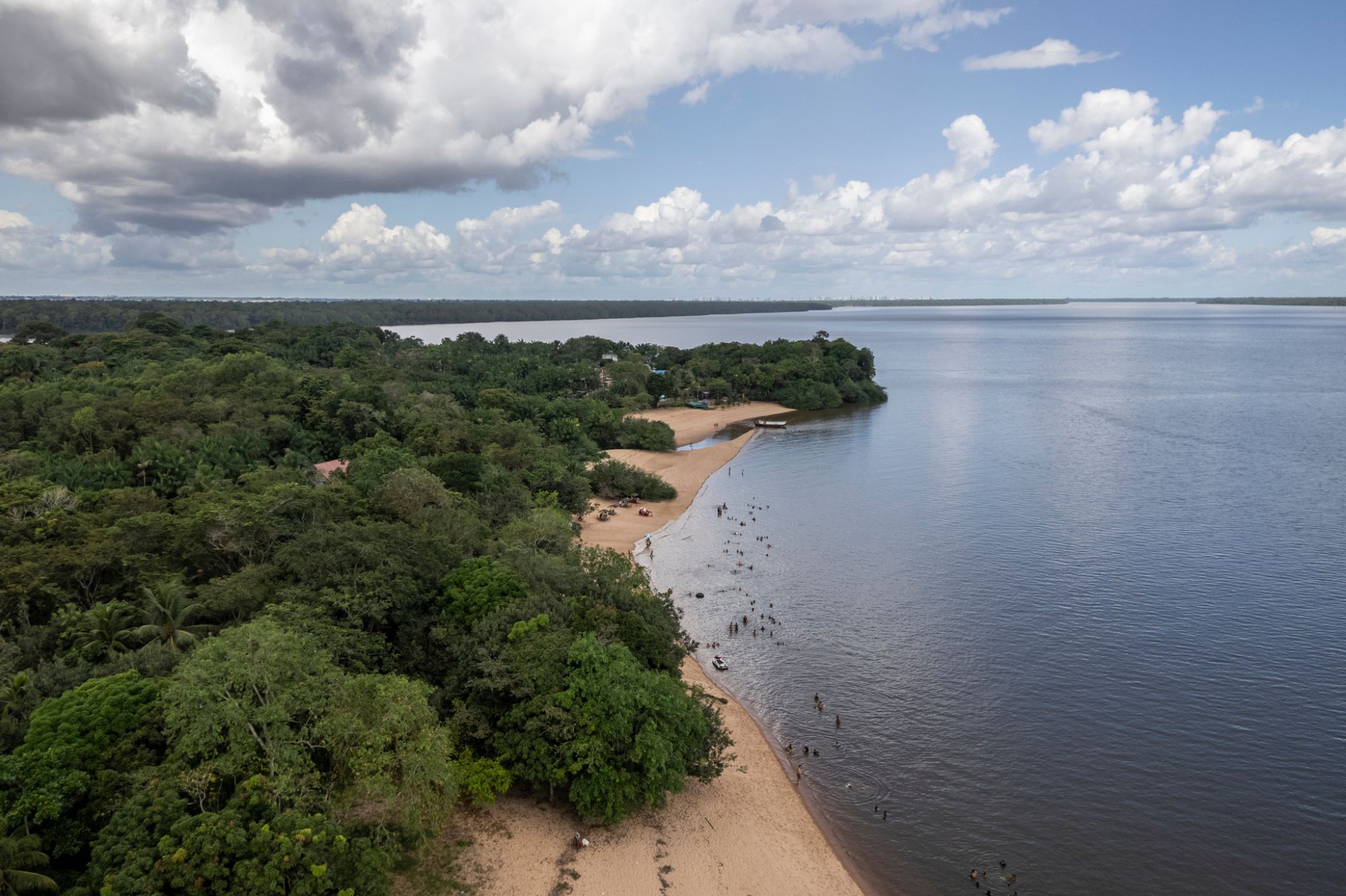
Bringing Ocean Science to COP30: In Conversation with Professor Matt Frost
14 November 2025The UN Climate Conference is taking place in Brazil from 10th – 21st November

No crew, no problem: PML’s autonomous vessel samples the Plymouth Sound for biodiversity data
13 November 2025PML and partners complete a successful sampling campaign in the Plymouth Sound with uncrewed surface vessel (USV) AutoNaut ‘Pioneer’.
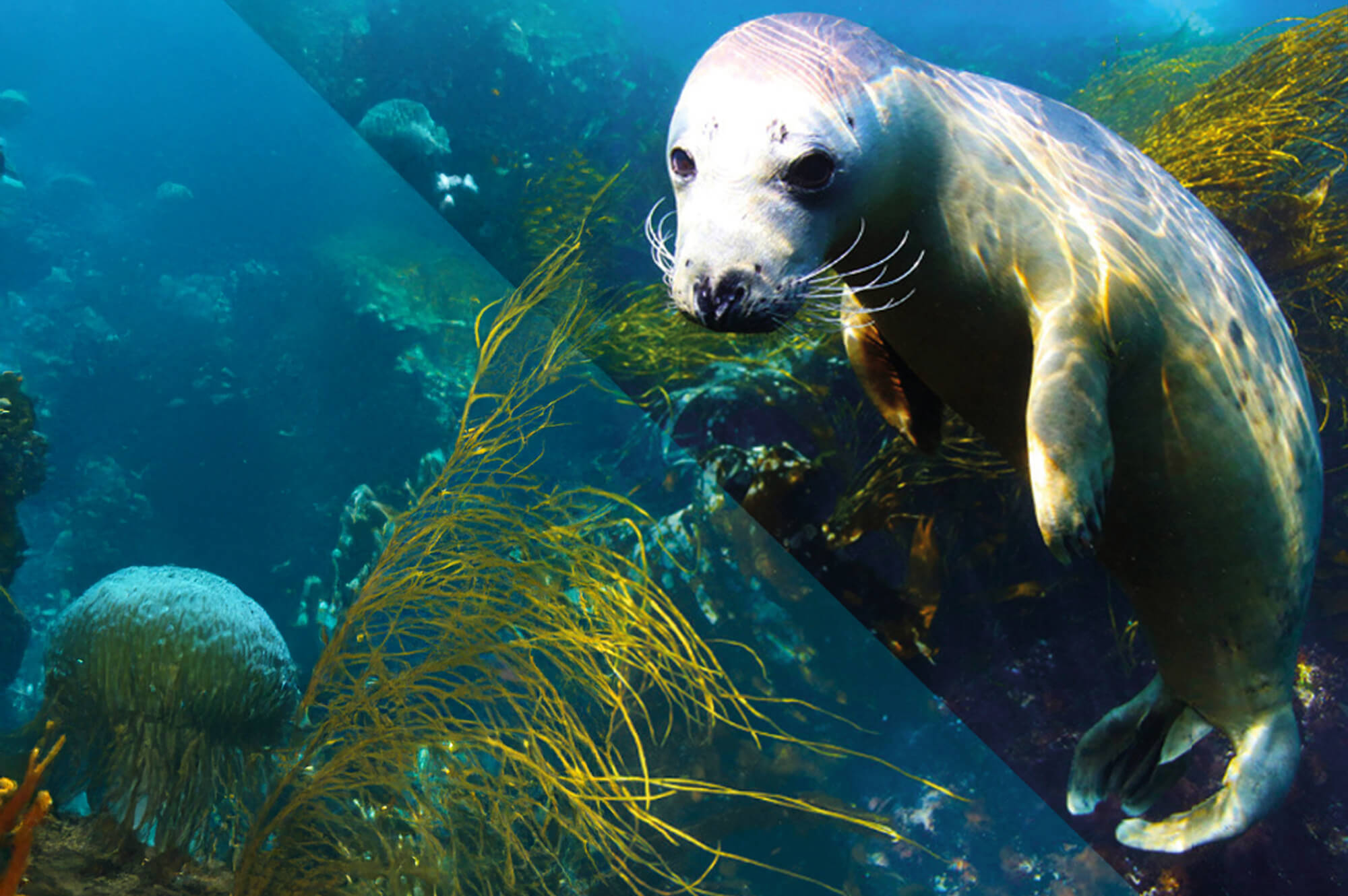
PML-led MSPACE project features in the COP30 UK Pavilion Showreel
12 November 2025The showreel is playing throughout COP30 in the UK Pavilion and highlights some of the best UK-developed products and services tackling climate chan...

New Survey: Help shape the future of 'Climate Smart' marine planning
10 November 2025The University of Essex are inviting input from UK marine policy makers, planners, industry representatives and the conservation community as part of...
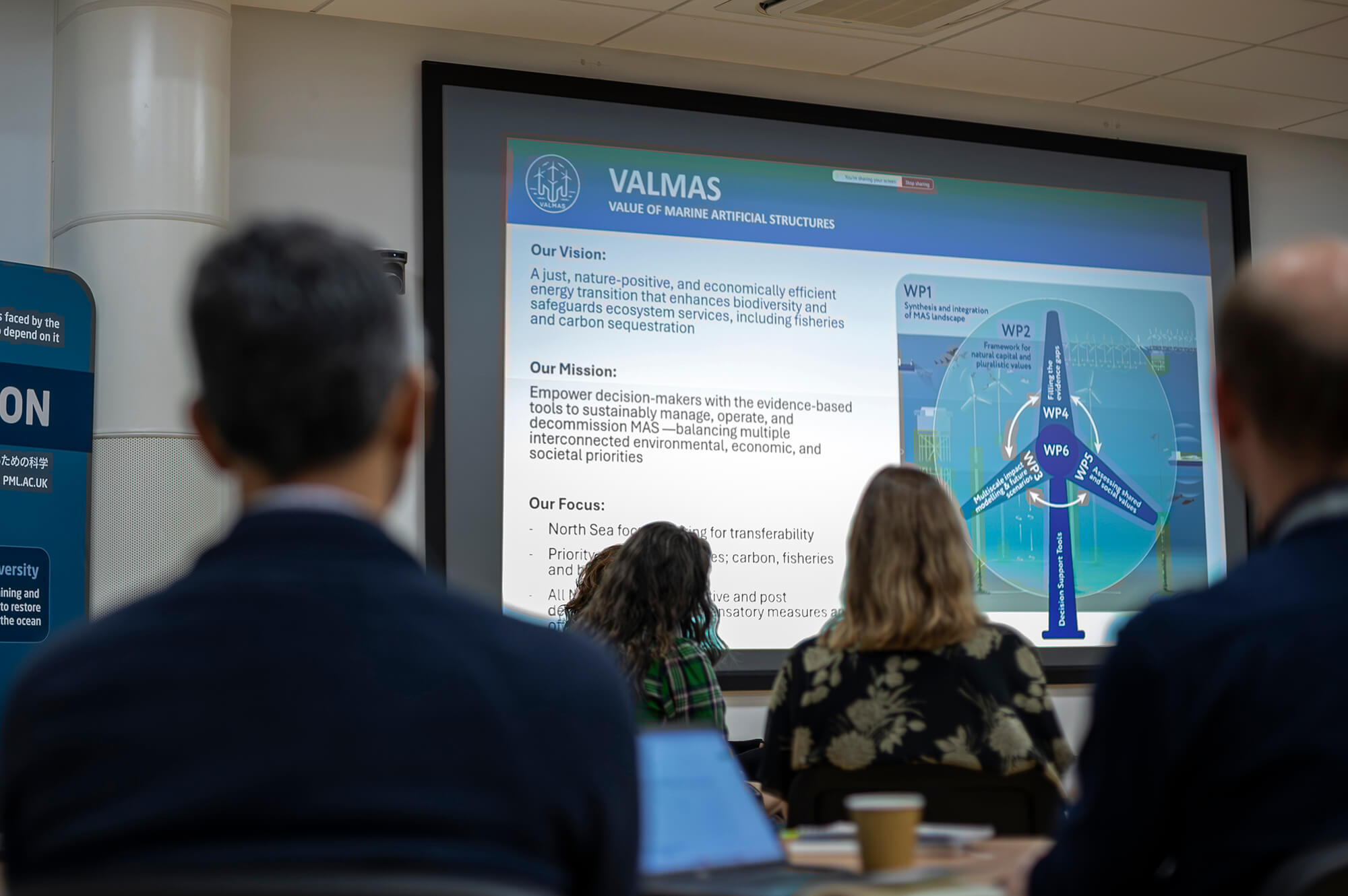
£5.6M project to guide UK's offshore energy future launches in Plymouth
07 November 2025Scientists, political advisors and industry leaders from across the globe came together this week to mark the official launch of a multi-million pound...
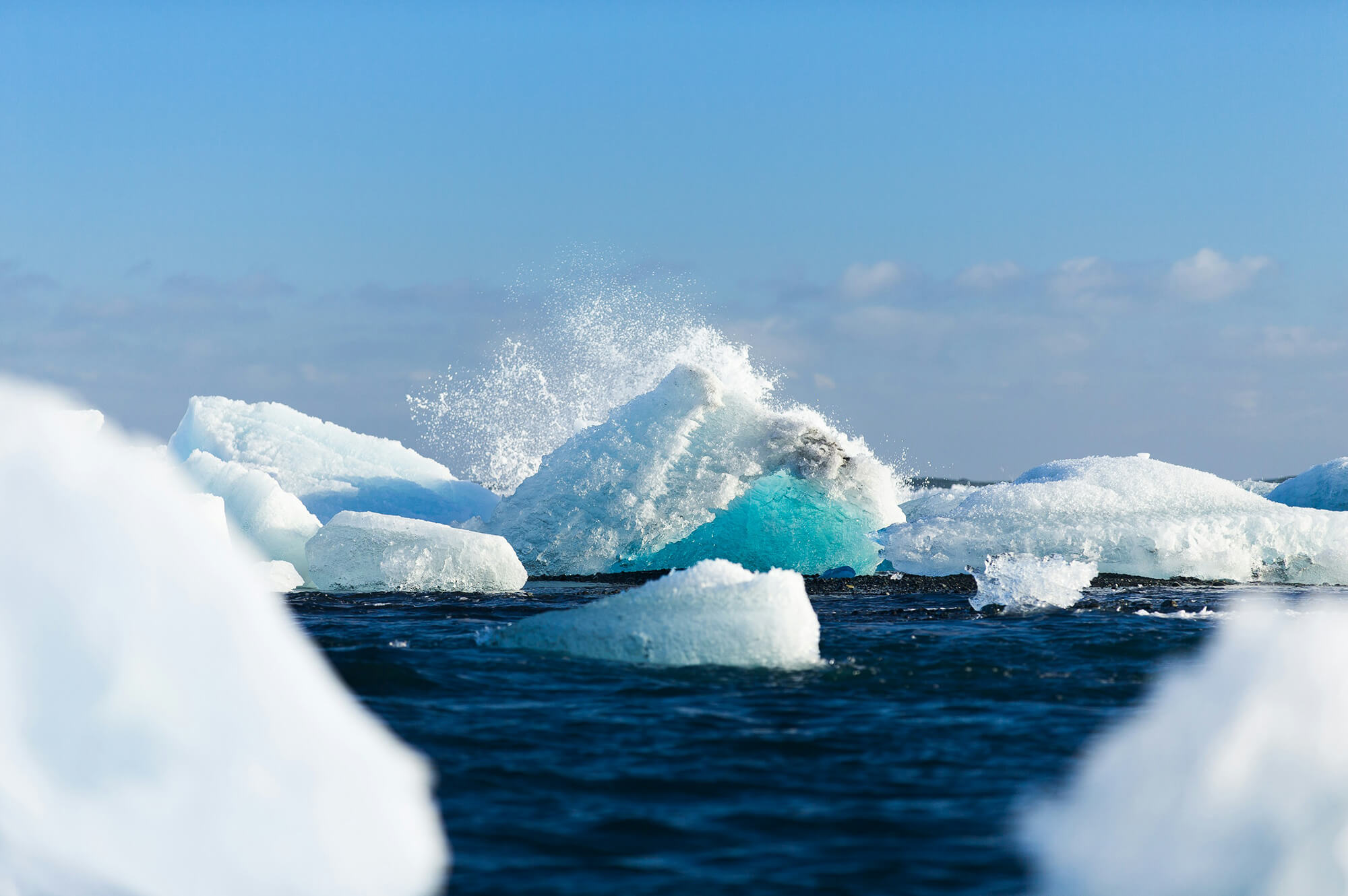
Global food security and species survival at risk from accelerating ice loss, says major new report
06 November 2025The ‘2025 State of the Cryosphere Report’ has been published with expert input from PML, among others
Current Events
‘Future of Food’ exhibition at the Science Museum
24 July 2025
Upcoming Events
No upcoming events at this time.
